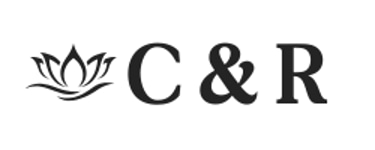A Complete Guide to Thai Massage Etiquette for Foreigners
Want to enjoy your massage like a local? Our simple guide covers a full thai massage etiquette, from the pre-massage foot wash to tipping customs, for a respectful and authentic experience.
THAI MASSAGE AND WELLNESS
10/2/20258 min read
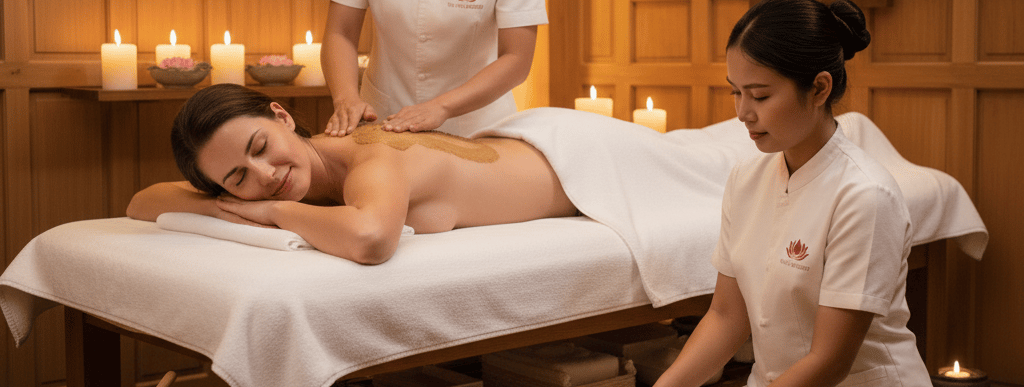

Tips for Respectful Behavior During the Session
Engaging in a Thai massage can be a rejuvenating experience that not only soothes the body but also immerses one in a rich cultural tradition. To ensure that this experience is respectful and enjoyable for both the client and the therapist, certain behavioral guidelines should be adhered to during the session. Firstly, maintaining silence is paramount. Thai massage is designed to create a serene environment that promotes relaxation. Engaging in conversation can disrupt this tranquility, so it is advisable to limit verbal communication and allow the session to unfold in a peaceful manner.
In addition, it is important to avoid using mobile phones during the massage. The bright screens and ringing notifications can be disruptive, both for oneself and for the therapist. To honor the calming atmosphere expected during a Thai massage, it is best to turn off your phone or set it to silent mode prior to the session. This simple act can contribute significantly to the overall ambiance and allow both parties to remain focused on the massage experience.
Moreover, one should exercise caution regarding comments or behavior that may be perceived as inappropriate. Thai massage embodies a deep respect for the body and healing practices, and any remarks or actions that deviate from this respect can create discomfort. Clients should remain mindful of their language, ensuring that it aligns with the culturally respectful nature of the practice. By refraining from inappropriate comments and behaviors, clients can help in maintaining a professional and soothing environment that fosters relaxation and healing.
In summary, respectful behavior during a Thai massage session is integral to achieving a fulfilling experience. By observing silence, refraining from phone usage, and respecting cultural sensitivities, clients can enhance both their own experience and that of the therapist, thereby honoring the deep-rooted traditions of Thai massage.
Tipping in Thailand: What You Should Know
Tipping practices in Thailand can differ significantly from those in Western countries. It is important for foreigners to understand the local customs surrounding gratuities, especially in the realm of massage therapy. Generally, tipping in Thailand is not obligatory, but it is viewed as a gesture of appreciation for good service. This cultural context is particularly relevant when visiting massage establishments, where exceptional service can enhance the overall experience.
When it comes to determining the appropriate amount to tip, there are no hard and fast rules. A common practice is to leave a tip ranging from 20 to 100 baht, depending on the quality of the massage and the establishment's ambiance. For instance, in more upscale spas, a gratuity of a higher amount may be warranted, whereas a modest local parlor might only necessitate a small token of appreciation. The key is to consider the level of service received and base the tip accordingly.
Additionally, it is helpful to be aware of local customs. In many massage parlors, therapists may not expect a tip, particularly if service charges are already included in the bill. However, a generous tip can still have a positive impact, helping to foster goodwill and enhance the overall service experience. It is also an opportunity to express gratitude for the therapist's skills and dedication.
In conclusion, while tipping is appreciated in Thailand, it remains a personal choice. Foreigners should feel comfortable adjusting their tipping practices according to their experience, understanding that a gesture of appreciation is often warmly received, but never required. Navigating this aspect of Thai culture can enhance interactions with service workers and contribute to a richer overall experience in the country.
Final Thoughts: Embracing the Thai Massage Experience
Experiencing a Thai massage is not just about the physical benefits; it is also a journey deeply rooted in cultural traditions and practices. As this guide has outlined, understanding and respecting the etiquette surrounding Thai massage can significantly enhance your experience. Demonstrating respect towards the practitioners, the environment, and the customs involved helps create an atmosphere of mutual appreciation, which can optimize the benefits of the massage itself.
Initially, it is crucial to arrive with an open mind and a willing spirit. Thai massage uniquely combines elements of acupressure, yoga, and meditation. Appreciating these diverse aspects enables you to fully engage with the treatment process. When you allow yourself to be receptive, your body and mind can more readily experience the holistic benefits that Thai massage offers. It is about more than just relaxation; it is a pathway to renewed energy and inner balance.
In addition to maintaining a respectful demeanor, it is essential to communicate with your therapist about your needs, concerns, and comfort levels. This practice fosters a collaborative environment where both parties work towards a fulfilling experience. Remember that the language barrier may exist; thus, non-verbal cues can be valuable in conveying your comfort and well-being during the session.
Ultimately, embracing the Thai massage experience means recognizing it as a cultural gift. By understanding the significance of the practices involved, you engage more profoundly not only with the massage itself but also with the rich traditions of Thailand. Therefore, as you venture on this journey, carry with you a respectful heart and an appreciative attitude, paving the way for a culturally enriching and deeply rewarding experience.
Understanding Thai Massage Culture
Thai massage, known as "Nuad Phaen Boran" in Thai, transcends the boundaries of mere physical therapy; it is deeply intertwined with the cultural and spiritual fabric of Thailand. This ancient practice boasts a rich history that reflects the country's unique blend of influences from Hinduism, Buddhism, and traditional Thai healing arts. Each session is not just about relaxation and physical relief but also about connecting with the mind, body, and spirit in a holistic manner.
Central to the experience of Thai massage is the philosophy of mindfulness and respect. Practitioners approach their clients with a profound sense of reverence, recognizing the importance of establishing a calm and trusting environment. This respect is reciprocated by those receiving the massage, who are encouraged to engage fully in the process. The interaction embodies a sacred exchange that is considered pivotal in enhancing the efficacy of the treatment. In this cultural context, massage transcends its physical benefits and becomes a ritual that fosters both healing and a deeper understanding of one's self.
The significance of traditional Thai massage is further emphasized through its connection to spiritual practices. Many practitioners view their work as a form of meditation, allowing both the therapist and the client to achieve a state of tranquility. This connection is essential, as individuals seek not only therapeutic relief but also a spiritual journey towards well-being. Understanding this aspect of Thai massage enhances the experience for foreigners, enabling them to appreciate the practice beyond its physical attributes.
As such, embracing the principles of respect, mindfulness, and spirituality is vital for anyone looking to navigate the world of Thai massage. Familiarity with these cultural elements lays the groundwork for understanding the essential etiquette that surrounds this enriching practice.
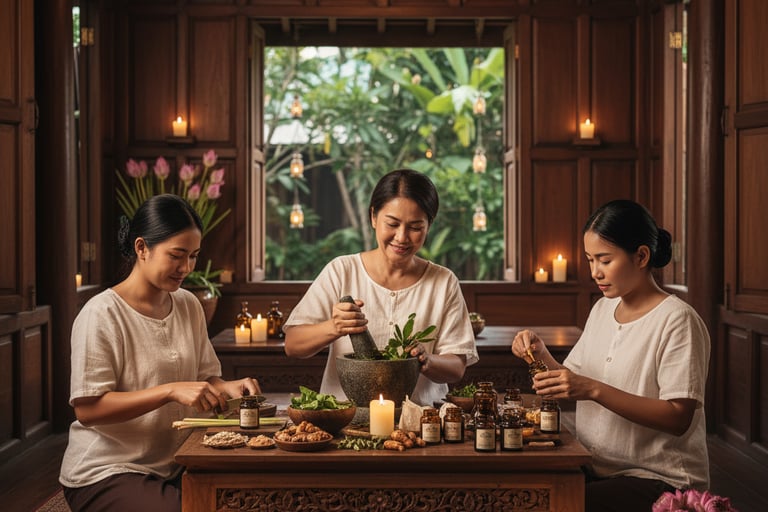

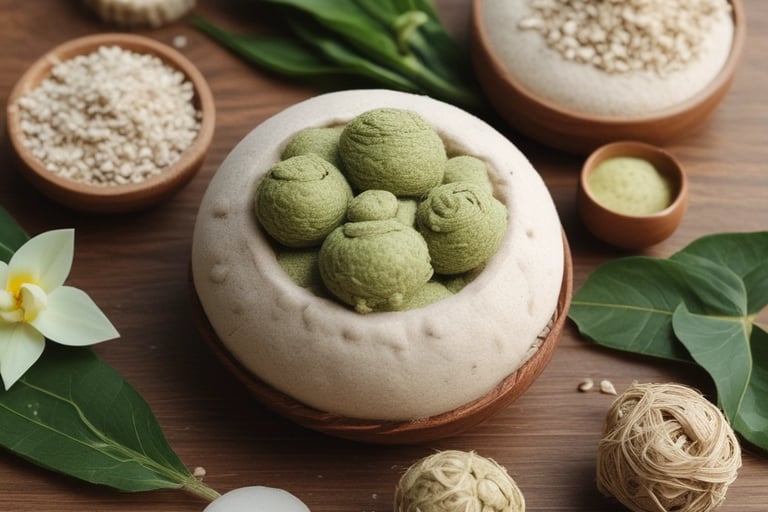

The Pre-Massage Foot Wash Ritual
In Thai culture, cleanliness and respect are fundamental values, especially in the context of receiving a massage. One of the most pertinent rituals that precedes a Thai massage is the customary foot wash. This practice serves several purposes, primarily emphasizing the importance of cleanliness, as well as the notion of respect for both the practitioner and the person receiving the massage. For foreigners unfamiliar with this tradition, understanding its significance can lead to a more enriching overall experience.
The foot wash ritual is a symbolic act of cleansing not only the feet but also the individual’s energy. In Thai belief systems, feet are deemed the lowest part of the body and believed to carry negative energy or bad luck. Washing the feet is perceived as a way of purifying oneself, washing away negativity and preparing for a therapeutic session. This act also conveys respect towards the massage therapist, acknowledging their role and the intimate nature of the treatment that lies ahead.
For those new to this practice, participating in the foot wash is straightforward and easy to engage in. Upon arrival at the massage establishment, guests are typically invited to sit on a low stool or bench where a basin filled with warm water is provided, alongside soap and a towel. It is courteous for foreigners to thoroughly clean their feet, as well as to take care not to rush through the process. Once the feet are washed, it is customary to dry them gently with the towel provided. This ritual not only helps to acclimate foreign visitors to Thai culture but also sets a respectful tone for the massage experience that follows.
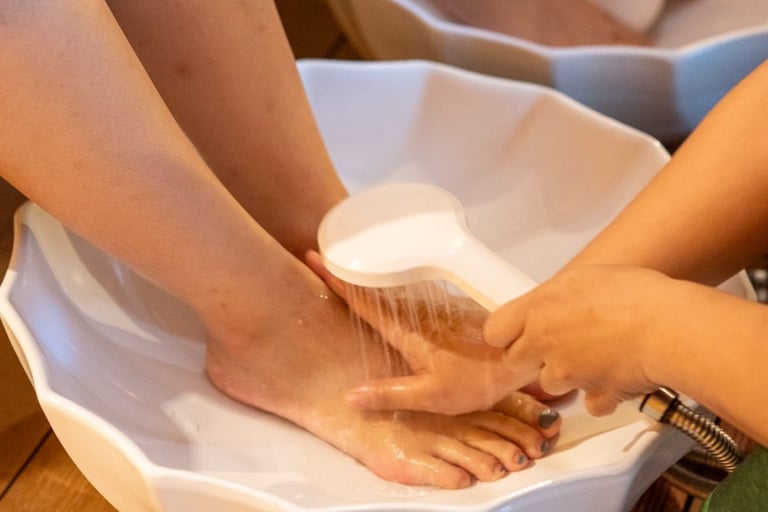

What to Wear: Respecting the Dress Code
When preparing for a Thai massage, understanding the appropriate attire is crucial in ensuring a respectful and enjoyable experience. In most massage establishments, clients are typically provided with comfortable, loose-fitting clothing specifically designed to facilitate ease of movement during the massage. These garments not only enhance flexibility but also allow the massage therapist to perform various techniques effectively.
Wearing the attire provided by the massage parlor or spa is essential for several reasons. First, these clothes are crafted from materials that support the traditional Thai massage method, which often involves a combination of stretching, acupressure, and moving the body into different postures. Appropriate clothing allows for maximum range of motion, promoting a more beneficial experience for clients. Moreover, the design and fit of these clothes are intended to uphold the culture and traditions associated with Thai massage, fostering a sense of authenticity and respect within the practice.
It is advisable to avoid wearing personal clothing choices such as tight or constricting outfits, as well as shoes, jewels, or belts that may interfere with the overall massage experience. Tight clothing can restrict movement and inhibit the effectiveness of various techniques applied by the therapist, while also detracting from the relaxed atmosphere typically intended for such treatments. Additionally, personal items might carry odors or residues that could impact the comfort of both the client and the therapist, thus compromising the ambiance of respect and professionalism necessary for the session.
In summary, adhering to the dress code by wearing the provided garments for a Thai massage is essential in creating an atmosphere of mutual respect and professionalism. By choosing the appropriate attire, clients can enhance their experience while honoring the traditions of this ancient practice.
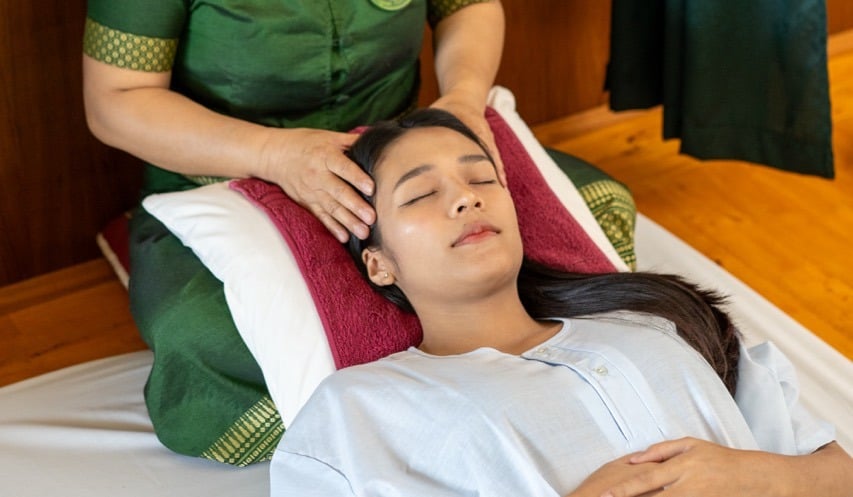

Communicating with Your Therapist: Language and Signals
Effective communication is a cornerstone of a satisfactory Thai massage experience. For foreigners, the language barrier can present a challenge in articulating their comfort levels and preferences. Familiarizing oneself with a few key phrases can greatly enhance the interaction with the therapist. For example, the word ‘jep’ means 'too tight,' which is essential for indicating discomfort. Conversely, saying ‘bao bao’ signifies a desire for a gentler touch. These expressions not only facilitate clearer communication but also demonstrate respect for the therapist's craft.
In addition to verbal communication, non-verbal cues and body language play a significant role in the massage environment. Clients are encouraged to use gestures to express their comfort levels. For instance, a simple thumbs up can indicate satisfaction, while a shake of the head can denote discomfort. Additionally, if a specific pressure is too intense, gently placing a hand over the area can signal the need for adjustment without the need for words. Such interactions create a space where both the client and the therapist can engage in a dialogue, leading to a more personalized experience.
It is equally important to respect the comfort levels of both the client and the therapist. Practicing cultural sensitivity and understanding the nuances of communication in a massage setting can enhance the therapeutic experience. Being attentive to the therapist's cues is crucial, as they may provide suggestions about how to optimize comfort during the session. Ultimately, the goal is to foster an environment where open communication prevails, ensuring that expectations are met and relaxation is achieved.
Branch 1: Sunday Walking Street
(10 AM - 10PM)
Address: 145/8 Rajdamnern Road T. Prasingh
A. Mueng Chiang Mai 50200
Branch 2: Chiang Mai Gate
(10 AM - 10PM)
Address: 18/5 Rat Chiang Saen Road T. Hai Ya
A. Mueng Chiang Mai 50100
Phone Number:
+66 (0) 96 696 2874
+66 (0) 94 601 6207
Email: services.crgroup@gmail.com
